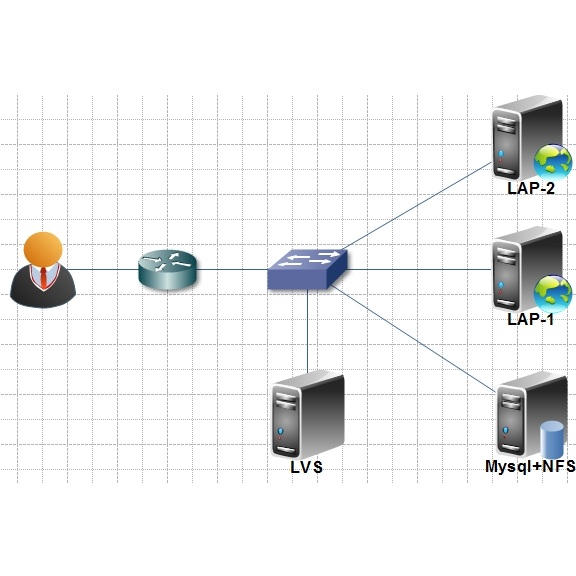Autonomous vehicles (AVs) have the potential to provide cost-effective mobility options along with overall system-level benefits in terms of congestion and vehicular emissions. Additional resource allocation at the network level, such as AV-exclusive lanes, can further foster the usage of AVs rendering this mode of travel more attractive than legacy vehicles (LV). In this study, we propose an integrated mixed-integer programming framework for optimal AV-exclusive lane design on a freeway network which accounts for commuters' demand split among AVs and LVs via a logit model. We incorporate the link transmission model (LTM) as the underlying traffic flow model. The LTM is modified to integrate two vehicle classes namely, LVs and AVs with a lane-based approach. The presence of binary variables to represent lane design and the logit model for endogenous demand estimation results in a nonconvex mixed-integer nonlinear program (MINLP) formulation. We propose a Benders' decomposition approach to tackle this challenging optimization problem. Our approach iteratively explores possible lane designs in the Benders' master problem and, at each iteration, solves a sequence of system-optimum dynamic traffic assignment (SODTA) problems which is shown to converge to fixed-points representative of logit-compatible demand splits. Further, we prove that the proposed solution method converges to a local optima of the nonconvex problem and identify under which conditions this local optima is a global solution. The proposed approach is implemented on two hypothetical freeway networks with single and multiple origins and destinations. Our numerical results reveal that the optimal lane design of freeway network is non-trivial and can inform on the value of accounting for endogenous demand in the proposed freeway network design problem.
翻译:自动车辆(AVs)有可能提供成本效益高的机动性选项,同时在交通拥堵和车辆排放方面带来系统层面的总体效益。网络层面的额外资源分配,如AV-专用车道,可以进一步促进AVs的使用,使这种旅行模式比遗留车辆(LV)更具有吸引力。在本研究中,我们提议在高速公路网络上为最佳的AV-专用车道设计建立一个综合混合点设计框架,其中考虑到通勤者的需求通过对AVs和LVs进行分解的逻辑模型。我们将链接传输模式(LTM)作为基本的交通流模式。LTMs在网络层面作了进一步调整,将LVs和AVs两个车辆类别(LVs)整合为LVs和AVs),使车道设计和内生需求估算的逻辑模型在非Convex混合点非线性程序(MILP)中出现。我们提议的一种“班德斯”和“LVset-composi ”方法可以解决这个具有挑战性的挑战性的最佳优化优化方法。我们的方法在Bendsers's IM IMLO IMLO 的系统上, 正在显示一个不机动化的系统上,一个不规则的系统-ral-ral-rmalLO-rmal-rma 正在显示一个不规则的系统对路路路路路路路路路路路的系统对路路路路路路路路路路路的系统对路路路进行。



